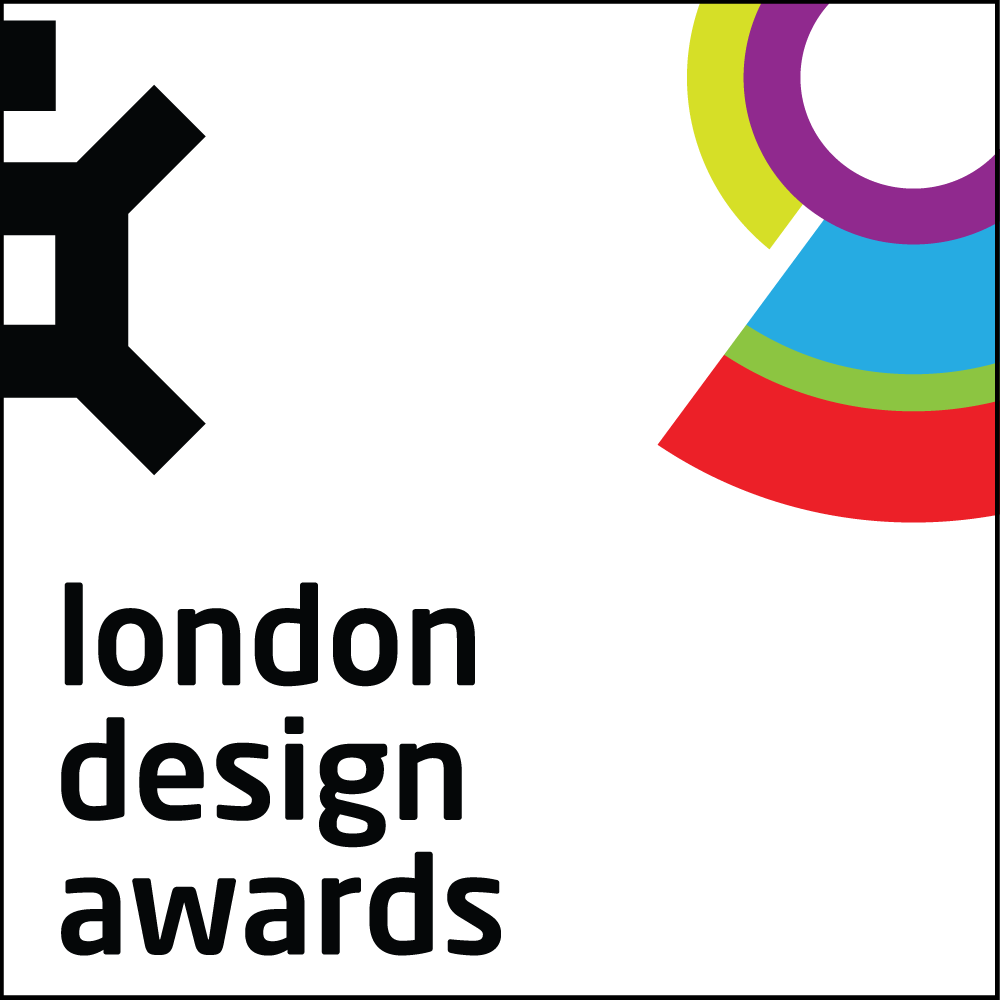









Image Credit : Photographer - Gareth Gardner

Project Overview
A 20,000 sq ft, state-of-the-art suite of offices for knowledge-sharing pioneers Mendeley, that responds to a complex technical brief and prioritises staff’s ergonomic needs.
The offices are located in the landmark AlphaBeta development in Finsbury Square, part of London’s burgeoning Tech City.
Mendeley is a fast-growing, global, collaborative research and knowledge-sharing platform with over 3m global users. At the core of the business offer are cloud-based tools, platforms and services, designed to help scholars all over the world discover content, organise their papers and connect with other researchers – in order to make science more open, social and accessible.
In 2013 Mendeley was acquired as a start-up – with just 40 employees - by Anglo-Dutch publishing and information giant Elsevier. Thanks to successful expansion and integration with existing Elsevier teams and resources, the company is now well on its way to being five times that number.
Project Commissioner
Project Creator
Team
Lead Design Team:
Gurvinder Khurana
Nigel Tresise
Stephenie Whitton
Project Brief
The brief revolved around enabling Mendeley staff to work at their optimum level, especially when coding. This meant planning for single working, working in pairs and also in both smaller and larger groups, with maximum flexibility and variety, meaning staff can work seated or standing and are able to collaborate with varying degrees of privacy in either sealed-off spaces, semi-private spaces or open meeting areas. The ability to concentrate, gather, relax and be stimulated all needed to be carefully balanced within an overall dynamic, hard-working environment, where the human and ergonomic needs of staff were top priority at all times.
The brief also requested specific areas where consumers could come in to test new software and be observed in the process, as well as a range of break-out spaces, ranging from the relaxing to the very chilled indeed, in order to off-set the intensity of the programming work.
A central gathering space was to be created for the whole company to be able to come together in one place.
Project Innovation/Need
This project is innovative in its response to what a contemporary high-tech company needs in order to work well creatively, collaboratively and ergonomically.
The project was about creating spaces that worked together and for staff: the vast majority here work either with or on creating code and so, based on a 1:1 desk ratio and using 1800mm extra-long workstations, people could work singly or via pairing (a fundamental part of the working methods particular to technology companies where coding happens alone, in twos or threes). Staff needed to be able to work seated or standing; a lot of the people at Mendeley preferred to work standing up in the afternoons.
The space also had to be robust and flexible to keep up with the pace of work, supported by write on & magnetic write on surface solutions – the Mendeley teams love for creative thinking via stand-up work sessions and being able to write, stick or post-it-note on the nearest surface is key. We used a combination of Formica magnetic write on, Tektura write on and ideas paint for this. It was vital to get the right solution for the right areas.
Design Challenge
Mendeley was the first tenant to occupy the Alphabeta building, taking just over two-thirds of level three: 20,000 sq ft of the overall 27,426 sq ft floorplate. align was commissioned in August 2014 to create a design scheme within the Cat A space in this iconic development, working with a base build that wasn’t yet complete and with a deadline that meant taking early possession. align worked closely with main contractor Modus to deliver the project.
Part of the brief was to navigate a clear path between end-user needs and expectations and parent company design guidelines. Elsevier were very much seeking a showcase for their new technology flagship business, whilst Mendeley was seeking to push boundaries as a forward-thinking, fast-growing concern.
Space-planning around the complex needs of the team was challenging, especially in terms of the need for fully-open, semi-private and private spaces, balancing requirements for communicative co-operation and discretion.
Sustainability
For Mendeley, the choice of a “green” building was a top priority.
Alphabeta has a comprehensive set of energy saving features and a BREAAM very good rating.
An advanced lighting system is one of the most important contributors to lowering energy demand. A new glazed atrium roof increases overall insulation value and reduces solar gains and subsequent summer cooling loads. Timber from certified renewable sources is used throughout, while a repurposing of the existing concrete frame, façade and internal walls and floors avoided the energy and materials waste associated with a total demolish-rebuild scheme.
Alphabeta encourages cycling to work - the most sustainable form of transport. A secure, 210-space cycle store at Lower Ground floor level and a dedicated entrance ramp allows cyclists to ride directly into the building.
The fit-out works with the exposed services concepts and eliminated all suspended ceilings to minimise material use and maximise ceiling heights. The entire lighting scheme is LED lit including bespoke fairground signage and acoustic pendants and furniture items include Emeco chairs manufactured from recycled Coke bottles. Flooring includes BREAAM A rated Interface carpet, GreenBook-referenced Artigo rubber and phthalate-free and fully recyclable Bolon woven vinyl.
Interior Design - Corporate
This award celebrates innovative and creative building interiors, with consideration given to space creation and planning, furnishings, finishes, aesthetic presentation and functionality. Consideration also given to space allocation, traffic flow, building services, lighting, fixtures, flooring, colours, furnishings and surface finishes.
More Details

